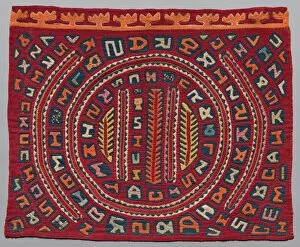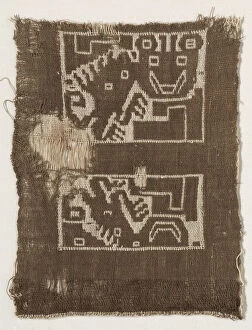Tabby Weave Collection
"Tabby Weave: Unraveling the Threads of Time and Culture" Step into the world of tabby weave, a textile technique that has transcended centuries and continents
All Professionally Made to Order for Quick Shipping
"Tabby Weave: Unraveling the Threads of Time and Culture" Step into the world of tabby weave, a textile technique that has transcended centuries and continents. From the vibrant saris of mid-1900s India to the intricate robes of 19th-century Patolu weavers, this ancient art form continues to captivate with its rich history and unknown creators. Delve back in time to the 1800s, where tapis garments adorned individuals with their elegant simplicity. The skillful hands behind these creations remain shrouded in mystery, just like those who wove shoulder cloths during the same era. Travel even further back to the 600s - 700s, when an anonymous artisan crafted a mesmerizing segmentum from a tunic. This delicate piece showcases how tabby weave was embraced by different cultures throughout history. Witness how creativity knows no bounds as you explore various regions and eras. In Spain's Mudejar period of the 13th century, silk fragments reveal intricate patterns woven using tabby techniques. Meanwhile, Egypt's Byzantine period in the 5th century gifted us with fragment tunics that showcase both beauty and craftsmanship. Marvel at chasubles from c. 1720s whose origins are lost in time but continue to inspire awe with their exquisite designs. And let your imagination run wild as you envision individuals donning wearing cloths from the 1800s or wrapping themselves in loin cloth pha nung during late 1800s - early 1900s. The true allure lies not only within these remarkable textiles but also within their mysterious creators – nameless artisans who poured their heart and soul into each thread they wove. Their legacy lives on through these surviving pieces that offer glimpses into forgotten worlds. So next time you encounter tabby weave, remember its humble beginnings rooted in unknown hands across diverse cultures spanning centuries.















